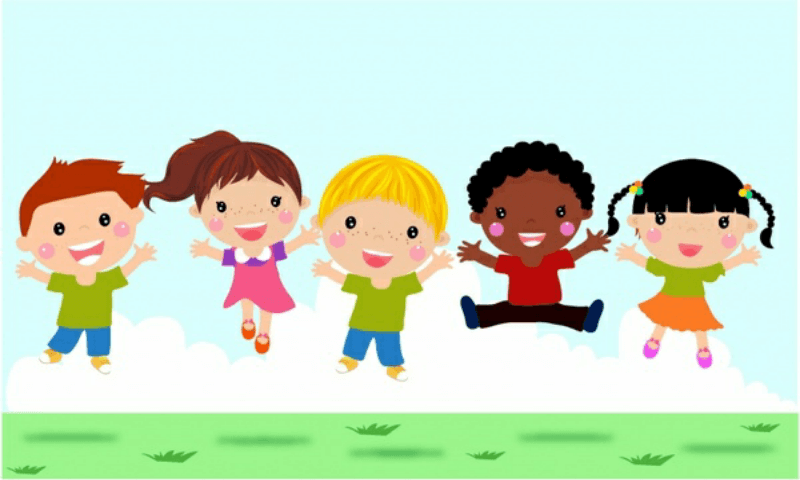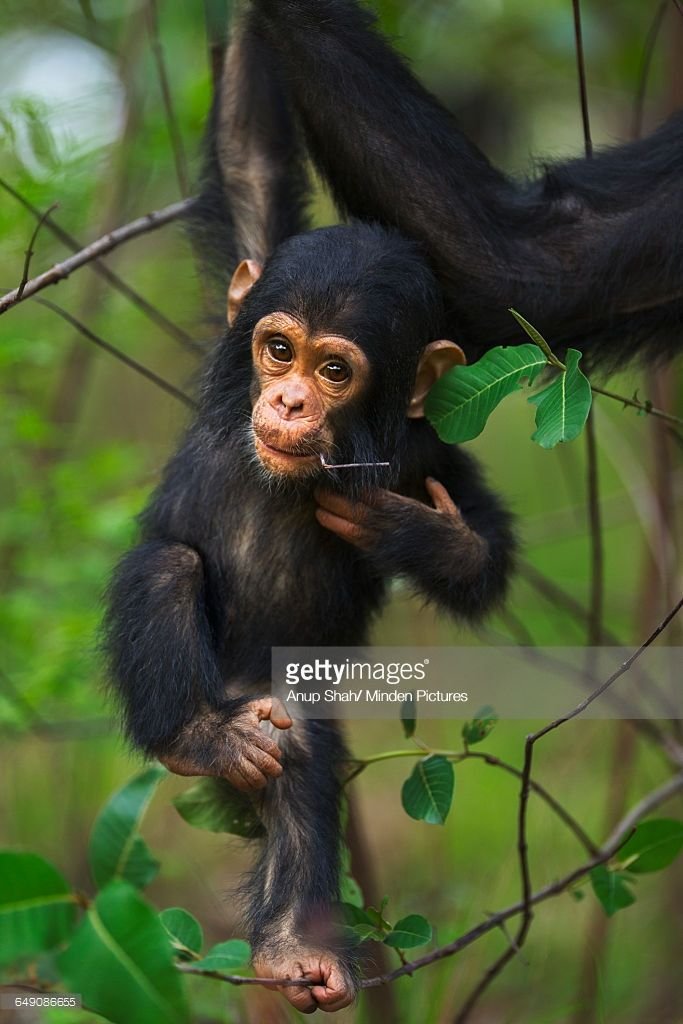
In the therapy room, the clinical psychologist says to the child “when you were born a long time ago your mum and dad had a little boy called Sebastian. Right now, how would you describe yourself?”
“I am not a boy and a girl anymore ... and not transgender ... I am a girl.”
This is a 5 year-old-child that refuses to see himself as a boy and as such has been living as Camille, a girl who loves dresses, dolls as well as the colours pink and purple.
Of course I don’t remember in great detail the level of awareness I had towards my own sex/gender when I was that age. However, it is common knowledge in my family that I always preferred to play with my brother’s plastic soldiers and animals than with my tea set. Still, I grew up to be what society consider a woman. So, the first question that popped into my head when I saw Camille was “Does she feel she is a girl because she likes dolls? Does the whole environment around her perceive her now as Camille - and not as Sebastian anymore - because she wears dresses?”According to Judith Buttler’s idea of Performativity this would indeed be the case. As she puts forward the notion that what gives meaning to sex/gender is the everyday performance of pre-existing conventions which yields certain sets of behaviour.
Buttler’s, clearly, is not an opinion that fits the biopsychosocial model. In her notion she forgets to take into account features that are biologically and psychologically pre-determined.
So, what do you think? Are boys and girls intrinsically different or are their distinctions a result of culture and gender beliefs?

This is when studying non-human animals becomes handy. For example, through studying our primate cousins, psychologists can pinpoint sex/gender differences in behaviour that are not consequential of the pre-existing conventions pointed out by Buttler. Even though, mothers and other members of the group treat their young with a certain level of sex-bias, the actions of these animals are not determined by human’s ideas of how boys and girls should behave.
Therefore, you will, perhaps, be surprised to discover that even without such social influences non-human young primates show behaviour strikingly similar to that of human infants.
But, before we go any further, I would like to remind you that it is paramount to keep an unprejudiced view when discussing this sort of topic. The following discussion about sex/gender differences does not imply that one is superior or better than the other. Therefore, there is no room for discrimination or stereotyping within the debate that is about to unfold here.
So, let us see what these naughty little monkeys are up to!
Females play nanny & Males play fight
Despite the (valid) argument that boys are brought up to be the super-heroes and girls are nurtured to be princesses, which many argue to be the leading cause for them to, let’s say, play fight and dress up, respectively. A similar as well as consistent contrast in preferences during play time is found in primates such as olive baboons, rhesus macaques and macaque monkeys
Research conducted in the latter species observed 34 little monkeys 1 for full six months immediately after they were born. It turns out that males initiated play more than the females, and also went for rough ‘games’ such a wrestling and gentle hitting, while female Rhesus Macaques, up to one year of age, preferred to play parent - a popular choice also seen among infant blue monkeys, lowland gorillas and vervet monkeys females.
See you soon mother
An observational study carried out in 40 chimpanzees 2, from when they were born to the age of 5, unveiled that males began to explore around, and move away from their mothers before females. This causes them to encounter more dangerous situations as they reached greater distances on their own; and consequently behave in a riskier way later on in life. As opposite to the young females, who remained closer to the adults putting in practice their social skills.
What I found particularly interesting about this research is the striking similarity in behaviour seen in these non-human infants, and in human boys and girls from across the world as the study named Behavioural Sex Differences in Children of Diverse Cultures demonstrates.
During middle childhood, boys reduce contact and interaction with other adult females, and are observed at greater distances from home than are girls.
The lesser proximity to their mothers that male monkeys enjoy when compared with the females may result in the fact that the little boy monkeys end up emulating their fathers while the girl monkeys do more so with their mothers. This sort of behaviour can be observed in wild tufted capuchin boys that, following their father’s taste for food, go for more of a carnivore diet than one that favours more fruit, a taste more popular among the females; who, even extract the seeds of their fruits in the same manner their mothers do.
Why are these studies important?
Camille’s situation, and that of many other children, deliver the perfect opportunity to understand why psychological findings such as this are relevant. Not only do they offer insight into human nature but they also provide understanding towards the role evolved sex differences play in our lives through aspects that above all include mental health.
In the United States, children as young as Camille are able to receive support from an entire team of professionals(e.g, doctors and clinical psychologists); which accompany them, at the appropriate time ‘block’ their puberty, and then give them hormones that will direct their body’s development towards the sex/gender they feel they belong to.
Katch, for example, a 36 year-old male who at birth was assigned the female sex/gender, wishes he had the same opportunity that children like Camille have nowadays, as he claims he would have had a more fulfilling life.
But, what inspires my interest is how a child becomes so aware of their gender/sex at such a young age. Camille doesn’t present most of the pattern of behaviours expected from her, when taking into account evolutionary behaviour, and clinical psychologist Diane Ehrensaft says that children as young as 2-3, as soon as they are able to speak, will express to their parents “No mum, I am a girl!”, in response to “You are a good boy.”

Gender Indentity Dysphoria
The condition of feeling one's psychological identity to be opposite to one's biological sex/gender.
This is when exams like the one conducted in the Netherlands Institute for Neuroscience becomes extremely relevant 2. We live in a fast-changing world that seems to have a solution for every issue. So, after speculating social influences and exploring the sex/gender psychological differences that are regarded to be innate in children let’s finally have a look into what goes on in the functioning brain of adolescents with gender identity dysphoria (GID).
Through functional MRI, 41 teenage girls and boys with GID had their hypothalamic responses to a specific steroid – androstadienone – examined. Noteworthy that the hypothalamus of men and women react differently to the properties of this steroid, which is pheromone like.
The findings revealed that the boys with GID showed hypothalamic responses very much like those of girls and girls with GID showed hypothalamic responses similar to those of boy’s. Nonetheless, the findings did not come out as clear when 39 prepubertal girls and boys underwent the same exam. And this is what makes me even more interested in Camille and other young children like her, who seem so aware of their sex/gender.
The biological, the psychological & the social
Studies like the ones carried out in the young non-human primates propose that sex/gender behavioural differences stem from our evolutionary heritage and biological mechanisms. But, of course, it is also largely known that environmental interactions and experiences shape brain networks, and these are aspects they may push Camille to enjoy the life of a woman after all.
All in all, it doesn’t really matter what makes a boy a boy and a girl a girl. We live in times where more than ever before we need to free ourselves from set-in-stone concepts, as they appear to proliferate bullying, discrimination and stereotypes. A reality that Camille and her loving parents, and many other families in the same situation, face on a daily basis.
[Original Content by Abigail Dantes - 2018]
Reference list :
Louis Theroux - Transgender Kids
Is there something unique about the transgender brain?
Clinics to start hormone therapy services for transgender people
The Psychology of Sex Differences
Sex Differences in Children of Diverse Cultures
The development of behavioural sex differences in infant rhesus macaques
Sex Differences in Wild Chimpanzee Behavior Emerge during Infancy


Dear Reader,
Psychology is a field that exposes us to a vast variety of topics, many of which might go as far as to challenge our understanding of the world around us. Unfortunately some people, struggle to venture beyond the boundaries of their beliefs, and this is why children like Camille and her family have their lives stained by bullying and discrimination.
So, in order to counterbalance that, what positive words would you leave for them? 😊
Once again, thank you so much for taking the time to read my work! I wish you all a wonderful weekend.
Ps: To broaden your view even further, please take the time to explore yet another perspective of sex/gender differences, through the lens of Anthropology. @Zest's post will provide you with just that: The Anthropology of Sex and Gender.
